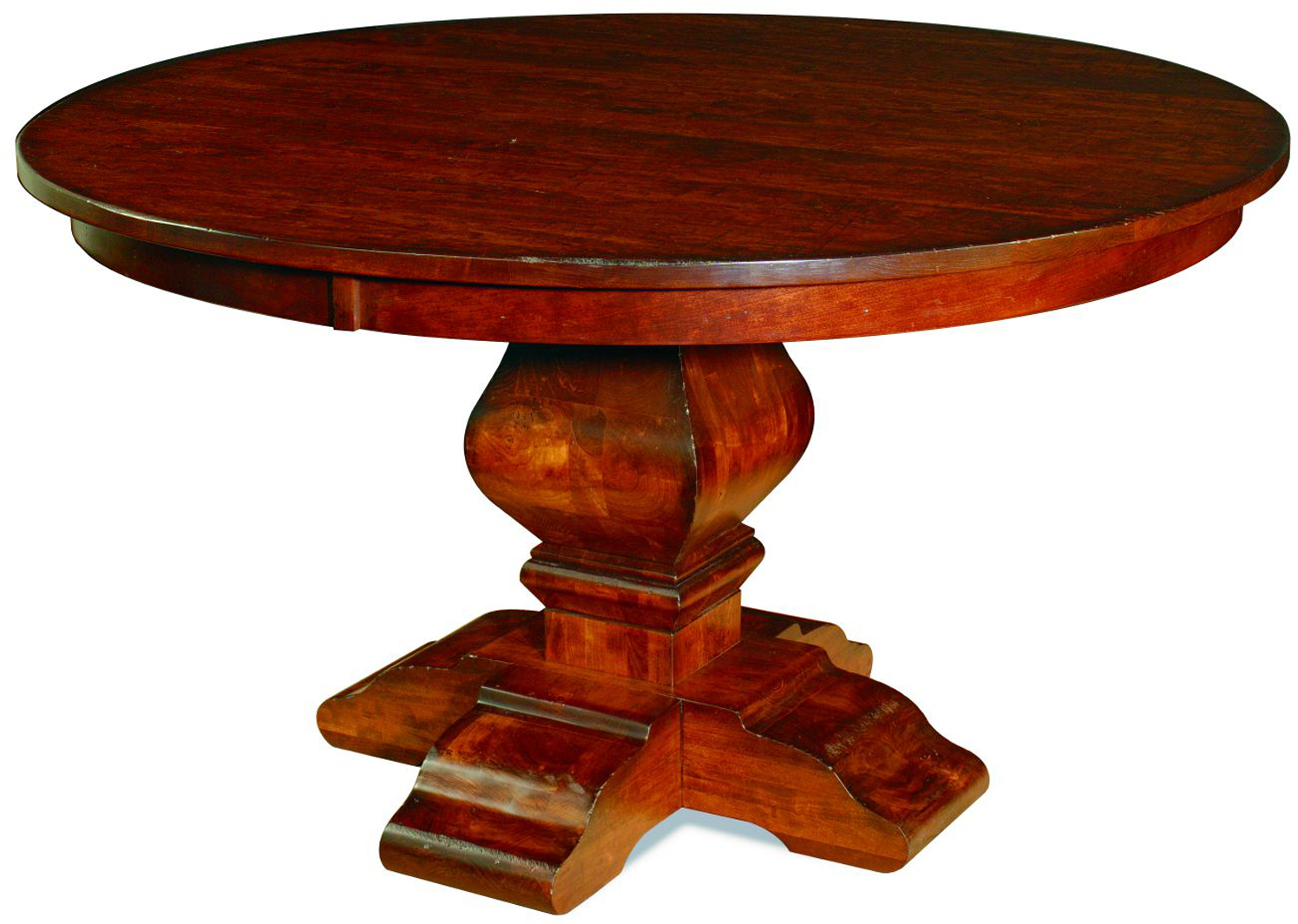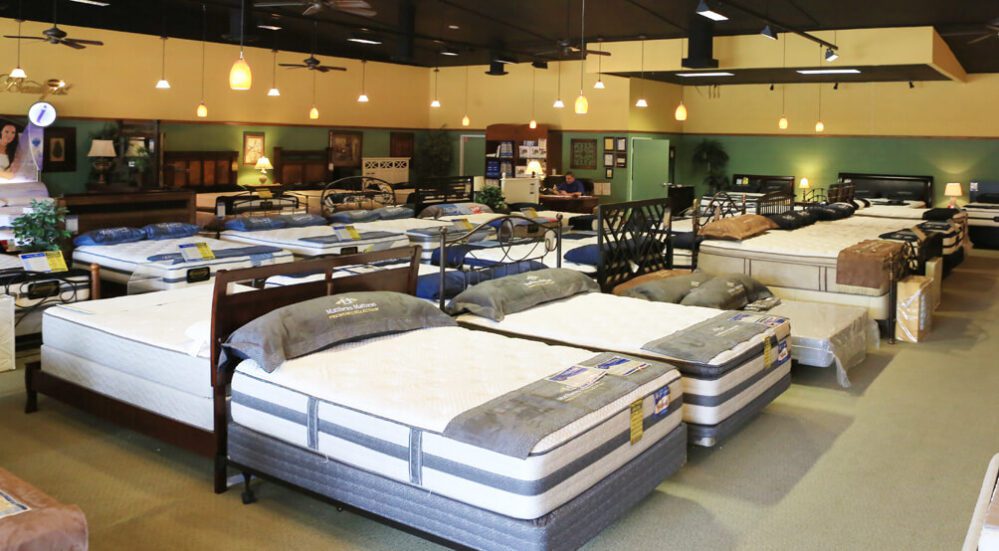When it comes to decorating a small living room, the furniture arrangement can make all the difference in maximizing the space. With the right layout, you can create a cozy and functional living room that feels spacious and inviting. Here are some furniture arrangement ideas for small living rooms that can help you make the most of your limited space. 1. Keep it Simple and Minimalistic When working with a small living room, less is often more. Stick to a simple and minimalistic approach when choosing your furniture. Avoid bulky pieces and opt for sleek and streamlined furniture that won't take up too much space. 2. Choose a Light Color Scheme To make a small living room appear larger, choose a light color scheme for your furniture and walls. Light colors reflect natural light and create an illusion of more space. Choose lighter shades of neutrals, such as white, beige, or light grey, to open up the room. 3. Utilize Multi-Functional Furniture Make the most out of your small living room by using multi-functional furniture. Look for pieces that can serve multiple purposes, such as a storage ottoman that can also be used as a coffee table or a sofa bed that can double as a guest bed. 4. Consider a Sectional Sofa A sectional sofa can be a great option for a small living room. It allows you to maximize seating while taking up less floor space compared to a traditional sofa and loveseat combo. Choose a smaller scale sectional to fit in your space comfortably. 5. Create a Focal Point In a small living room, it's important to have a focal point to draw the eye and make the room feel more spacious. This can be a fireplace, a piece of artwork, or a statement piece of furniture. Arrange your furniture around the focal point to create a cohesive and visually appealing layout. 6. Use Mirrors to Reflect Light Mirrors are a great trick for making a small living room feel larger. They reflect light and create the illusion of more space. Place a large mirror across from a window to reflect natural light or use a mirrored coffee table to add depth to the room. 7. Consider Floating Furniture When space is limited, it can be helpful to use floating furniture to create more floor space. Consider wall-mounted shelves, a floating TV stand, or a hanging chair to add functional furniture without taking up precious floor space. 8. Don't Forget About Traffic Flow When arranging furniture in a small living room, it's important to consider traffic flow. Make sure there is enough space for people to move around comfortably without bumping into furniture. Leave at least 3 feet of walking space between pieces to create a natural flow. 9. Add Vertical Storage In a small living room, it's crucial to make use of vertical space. This can be done by adding shelves, bookcases, or wall-mounted cabinets to store items and keep them off the floor. This will help make the room feel less cluttered and more spacious. 10. Use Area Rugs to Define Space Lastly, consider using area rugs to define different areas within the small living room. This can help to divide the space and create a sense of purpose for each area. Make sure the rug is the right size for the room and your furniture arrangement, and choose a light-colored rug to add brightness to the space.Furniture Arrangement Ideas for Small Living Rooms
A long narrow living room can be a challenging space to decorate and arrange furniture in. The key is to create a balanced and functional layout that makes the most of the space. Here are some tips on how to arrange furniture in a long narrow living room to help you create a comfortable and visually appealing space. 1. Divide the Room into Zones The first step in arranging furniture in a long narrow living room is to divide the space into zones. This can help to define different areas within the room and make it feel less like one long tunnel. You can use furniture, area rugs, or even different lighting to create zones. 2. Start with the Focal Point When arranging furniture in any living room, it's important to start with the focal point. In a long narrow living room, this could be a fireplace, a TV, or a large window with a view. Arrange your furniture around the focal point to create a cohesive and functional layout. 3. Use Floating Furniture As mentioned earlier, floating furniture can be a great solution for small spaces. In a long narrow living room, this can be especially helpful. Consider using wall-mounted shelves, a floating TV stand, or a hanging chair to add functional furniture without taking up valuable floor space. 4. Create Balance with Symmetry Symmetry can be a useful tool in arranging furniture in a long narrow living room. It can help to create balance and make the room feel less cluttered. Use symmetrical furniture arrangements, such as two matching sofas facing each other, to create a visually appealing layout. 5. Use Lighter Colors As with any small space, using lighter colors can help to make a long narrow living room feel larger. Stick to a light color scheme for your walls and furniture to create the illusion of more space. You can add pops of color with accessories and artwork to keep the room from feeling too monotonous. 6. Consider a Sectional Sofa A sectional sofa can be a great option for a long narrow living room as it allows you to maximize seating without taking up too much floor space. Choose a smaller scale sectional and place it perpendicular to the longest wall to create a cozy and functional seating area. 7. Use Mirrors to Add Depth As mentioned earlier, mirrors are a great trick for making a small space feel larger. In a long narrow living room, they can also add depth to the space. Place a large mirror on the shorter wall to create the illusion of more space and make the room feel less narrow. 8. Don't Forget About Traffic Flow Just like with a small living room, it's important to consider traffic flow when arranging furniture in a long narrow living room. Leave enough space for people to move around comfortably without bumping into furniture. Leave at least 3 feet of walking space between pieces to create a natural flow. 9. Add Vertical Storage Another way to make the most of a long narrow living room is to use vertical storage. This can be done by adding shelves, bookcases, or wall-mounted cabinets to store items and keep them off the floor. This will help to make the room feel less cluttered and more spacious. 10. Use Area Rugs to Define Space Lastly, consider using area rugs to define different areas within the long narrow living room. This can help to divide the space and create a sense of purpose for each area. Make sure the rug is the right size for the room and your furniture arrangement, and choose a light-colored rug to add brightness to the space.How to Arrange Furniture in a Long Narrow Living Room
Arranging furniture in a living room can be a daunting task, especially when trying to make the most of a small space. But with the right layout and furniture arrangement, you can create a functional and inviting living room that meets your needs and reflects your style. Here are some general tips and ideas for living room layouts and furniture arrangement. 1. Start with a Plan Before you start moving furniture around, it's important to have a plan in place. Measure your living room and create a floor plan that shows the dimensions of the room and where doors, windows, and other architectural features are located. This will help you visualize different layout options and determine what furniture will fit in the space. 2. Define the Function of the Room Consider how you will use your living room before deciding on a layout. Will it primarily be used for entertaining, lounging, or watching TV? This will help you determine the furniture pieces you need and how they should be arranged to best serve the room's function. 3. Start with the Focal Point In most living rooms, the focal point is the TV, fireplace, or a large window with a view. Arrange your furniture around the focal point to create a cohesive and visually appealing layout. If your living room doesn't have a natural focal point, you can create one with a statement piece of furniture or artwork. 4. Consider Traffic Flow When arranging furniture in a living room, it's important to consider traffic flow. Leave enough space for people to move around comfortably without bumping into furniture. This is especially important in high-traffic areas, such as entryways and around the seating area. 5. Use a Variety of Seating Options Avoid having all your seating in one area of the living room. Instead, mix and match different seating options, such as a sofa, loveseat, accent chairs, and ottomans, to create a more dynamic and inviting space. This also allows for more flexibility when entertaining guests. 6. Create Balance with Symmetry As mentioned earlier, symmetry can be a useful tool in living room layouts. It can help to create balance and make the room feel less cluttered. Use symmetrical furniture arrangements, such as two matching sofas facing each other, to create a visually appealing layout. 7. Use Area Rugs to Define Space Area rugs can be a great way to define different areas within a living room. Use a rug to anchor the seating area or under a coffee table to add warmth and texture to the room. Make sure the rug is the right size for the space and your furniture arrangement. 8. Consider the Flow of Natural Light When arranging furniture in a living room, it's important to consider natural light. If you have a large window, make sure it's not blocked by furniture to allow for natural light to flow into the room. If your living room doesn't have much natural light, consider adding floor lamps or table lamps to brighten up the space. 9. Mix and Match Furniture Styles Don't be afraid to mix and match different furniture styles in your living room. This can add visual interest and personality to the space. Just make sure to maintain a cohesive color scheme to tie everything together. 10. Experiment and Rearrange Lastly, don't be afraid to experiment and rearrange your furniture until you find the layout that works best for your living room. It may take some trial and error, but the end result will be a comfortable and functional space that reflects your personal style.Living Room Layouts and Furniture Arrangement Tips
Arranging furniture can be a challenging task, but following some simple decorating rules can make the process much easier. These rules can help you create a functional and visually appealing layout that maximizes your space. Here are 10 simple decorating rules for arranging furniture in any room of your home. 1. Measure Your Space The first step in arranging furniture is to measure your space and determine how much room you have to work with. This will help you decide on the right size and scale of furniture for the room. 2. Create a Focal Point Every room should have a focal point, whether it's a fireplace, a statement piece of furniture, or a large window with a view. Arrange your furniture around the focal point to create a cohesive and visually appealing layout. 3. Consider Traffic Flow When arranging furniture, make sure to leave enough space for people to move around comfortably without bumping into furniture. This is especially important in high-traffic areas, such as entryways and around the seating area. 4. Keep Function in Mind Consider how you will use the room before deciding on a furniture arrangement. Will it primarily be used for entertaining, lounging, or watching TV? This will help you determine the best layout and furniture pieces for the space. 5. Mix and Match Different Seating Options Avoid having all your seating in one area of the room. Instead, mix and match different seating options, such as a sofa, loveseat, accent chairs, and ottomans, to create a more dynamic and inviting space. 6. Use Symmetry for Balance Symmetry can be a useful tool in furniture arrangement. It can help to create balance and make the room feel less cluttered. Use symmetrical furniture arrangements, such as two matching sofas facing each other, to create a visually appealing layout. 7. Consider the Flow of Natural Light10 Simple Decorating Rules for Arranging Furniture
Furniture Living Room Layout: How to Design a Functional and Stylish Space

Efficient Use of Space
 When it comes to designing a living room, one of the biggest challenges is creating a layout that not only looks great but also maximizes the use of space. The key to achieving this is to carefully consider the size and shape of your room, as well as the furniture pieces you plan to include.
Utilizing every inch of space is essential in creating a functional and comfortable living room.
When it comes to designing a living room, one of the biggest challenges is creating a layout that not only looks great but also maximizes the use of space. The key to achieving this is to carefully consider the size and shape of your room, as well as the furniture pieces you plan to include.
Utilizing every inch of space is essential in creating a functional and comfortable living room.
Start with the Focal Point
 The first step in designing a furniture layout for your living room is to determine the focal point of the room. This could be a fireplace, a large window with a stunning view, or even a television.
Choosing a focal point will help you arrange your furniture in a way that draws the eye towards it and creates a sense of balance and harmony in the room.
The first step in designing a furniture layout for your living room is to determine the focal point of the room. This could be a fireplace, a large window with a stunning view, or even a television.
Choosing a focal point will help you arrange your furniture in a way that draws the eye towards it and creates a sense of balance and harmony in the room.
Consider Traffic Flow
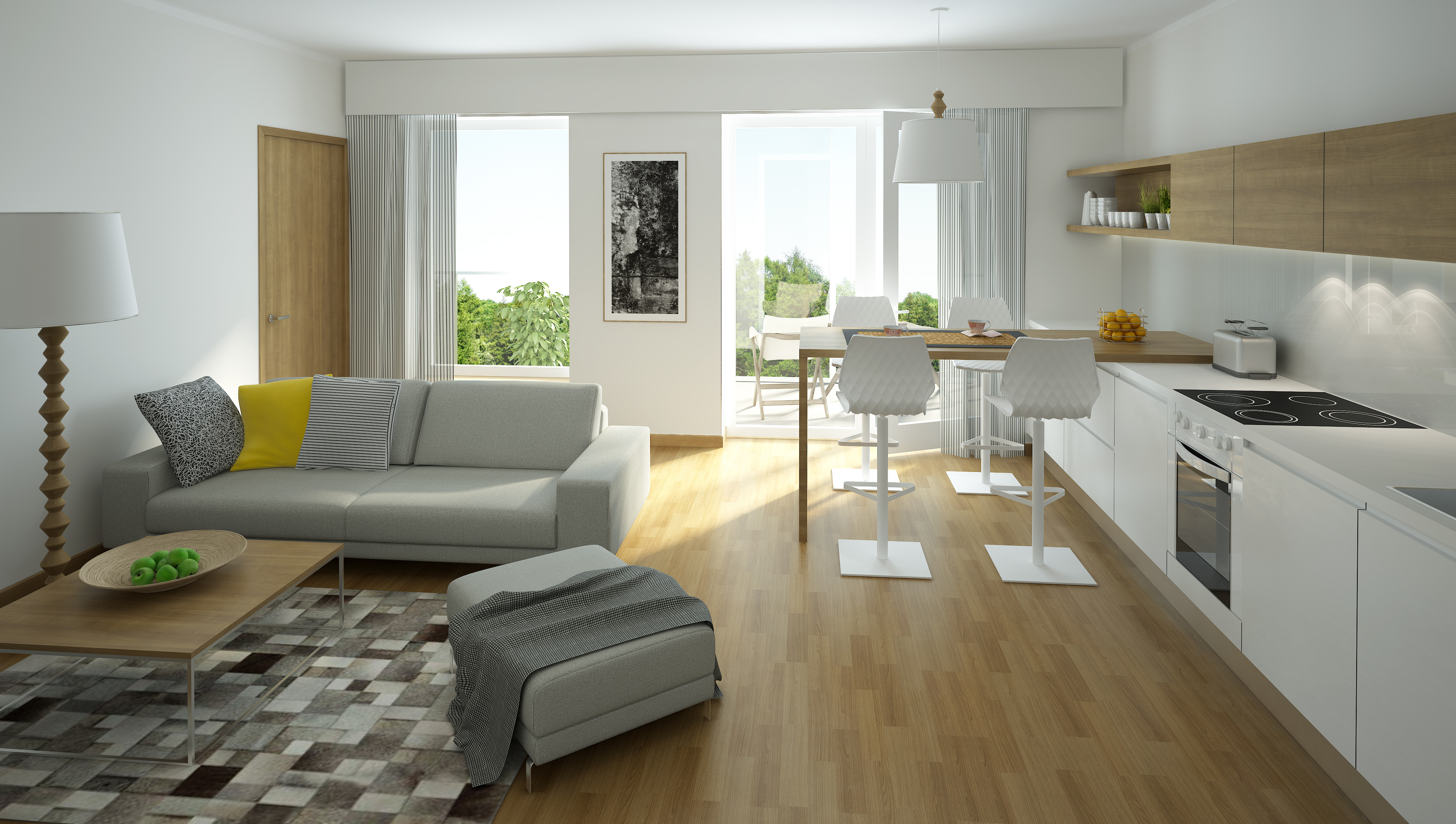 Another important factor to consider when arranging furniture in your living room is the flow of traffic. You want to make sure that there is enough space for people to move around comfortably without feeling cramped.
Arranging furniture to allow for easy movement and clear pathways is crucial in creating a functional and inviting living room.
Another important factor to consider when arranging furniture in your living room is the flow of traffic. You want to make sure that there is enough space for people to move around comfortably without feeling cramped.
Arranging furniture to allow for easy movement and clear pathways is crucial in creating a functional and inviting living room.
Proportion and Scale
 When selecting furniture pieces for your living room, it’s important to keep proportion and scale in mind.
Choosing pieces that are too large or too small for your space can throw off the balance of the room and make it feel either cluttered or empty.
Be sure to measure your room and take note of any existing architectural features, such as windows or built-in shelving, to ensure that your furniture choices complement the space.
When selecting furniture pieces for your living room, it’s important to keep proportion and scale in mind.
Choosing pieces that are too large or too small for your space can throw off the balance of the room and make it feel either cluttered or empty.
Be sure to measure your room and take note of any existing architectural features, such as windows or built-in shelving, to ensure that your furniture choices complement the space.
Mix and Match
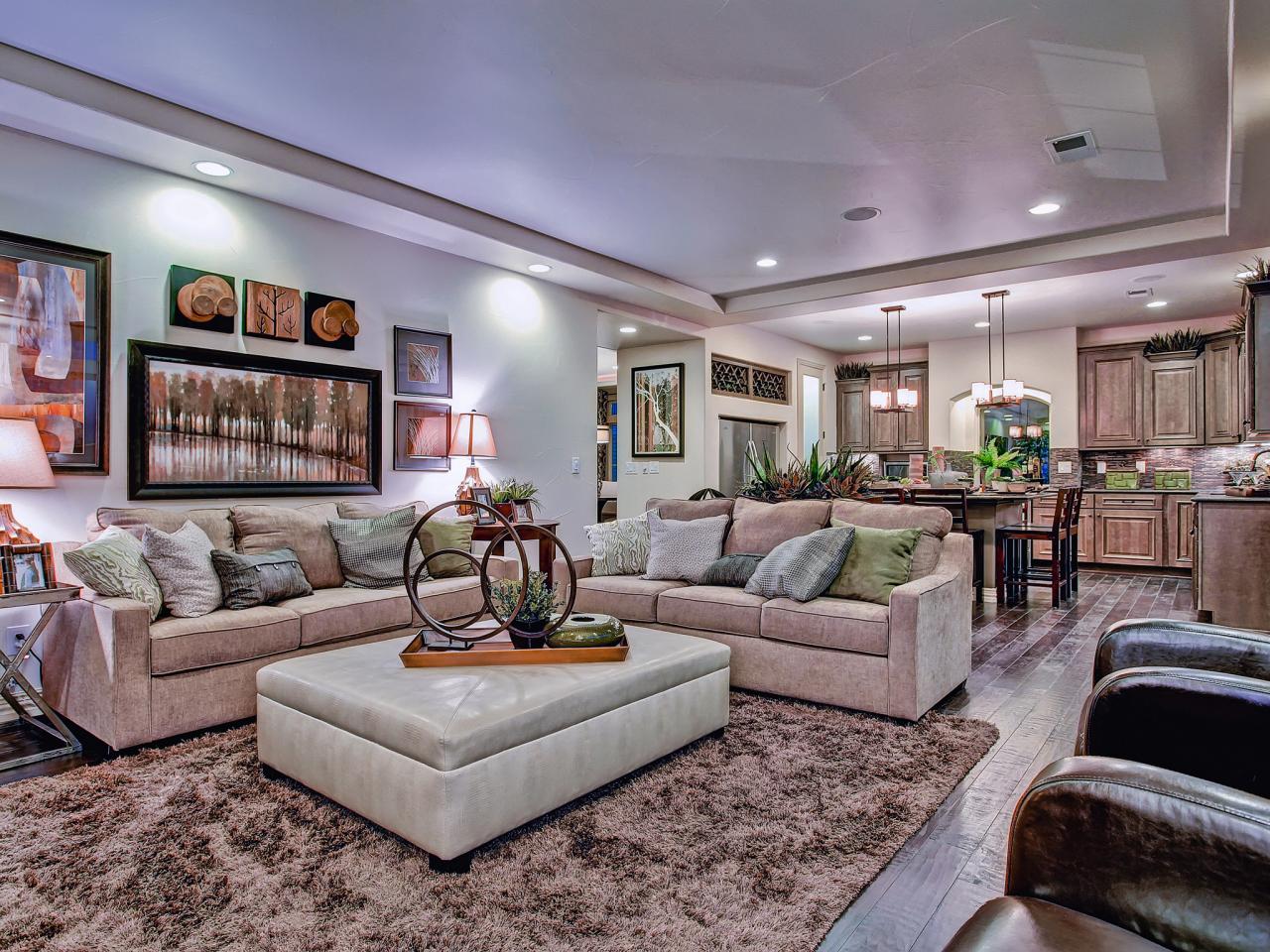 Don’t be afraid to mix and match different furniture styles in your living room.
Combining pieces with different textures, patterns, and materials can add visual interest and create a unique and personalized space.
However, it’s important to keep a cohesive color scheme to tie everything together.
Don’t be afraid to mix and match different furniture styles in your living room.
Combining pieces with different textures, patterns, and materials can add visual interest and create a unique and personalized space.
However, it’s important to keep a cohesive color scheme to tie everything together.
The Finishing Touches
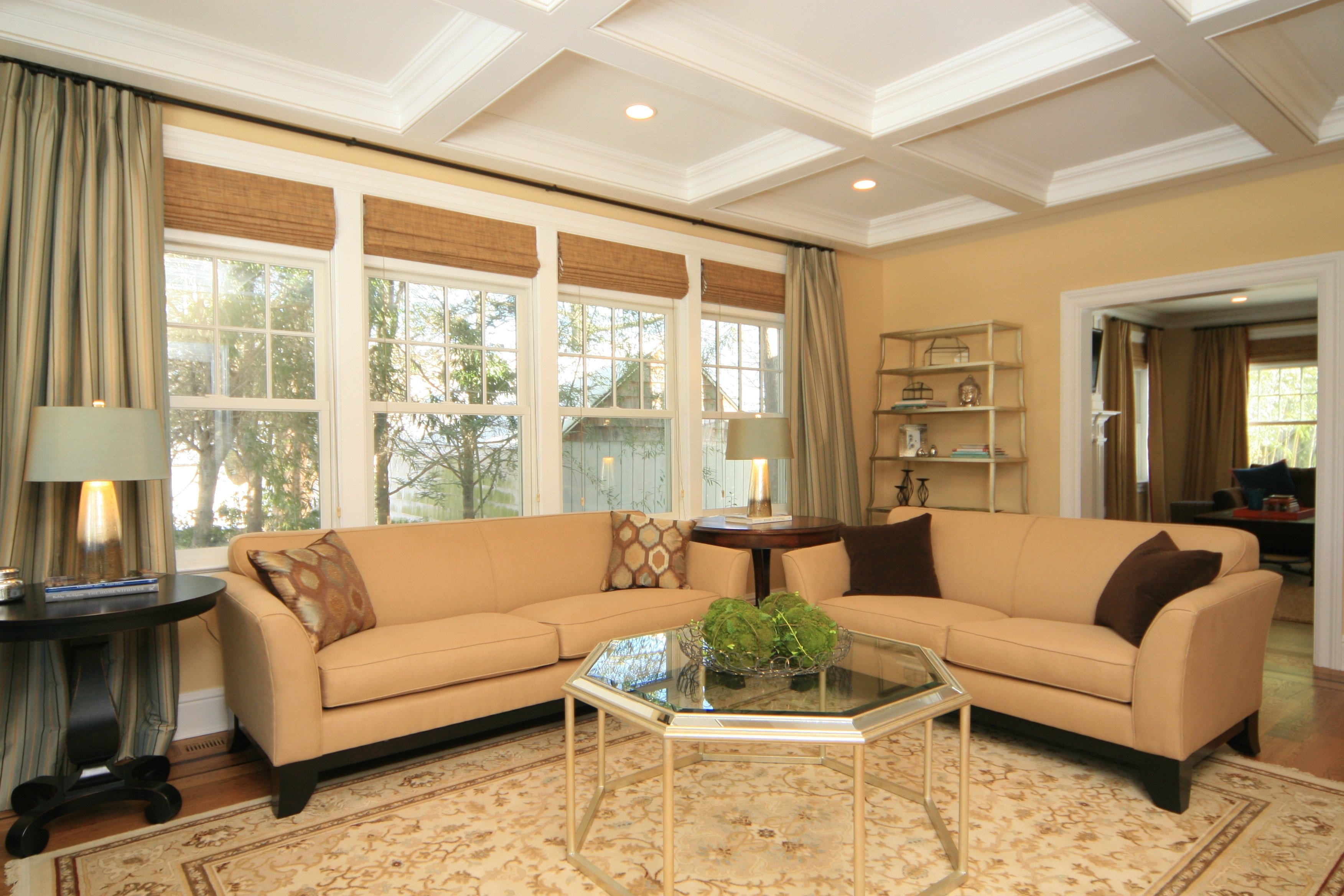 Once you have arranged your furniture in a functional and visually appealing layout, it’s time to add the finishing touches.
Accessories such as throw pillows, rugs, and artwork can bring character and personality to your living room.
Be mindful not to overcrowd the space and choose pieces that complement the overall design.
In conclusion, designing a furniture layout for your living room requires careful consideration of space, proportion, and personal style. By following these tips, you can create a functional and stylish living room that meets all your needs and reflects your unique personality.
Remember to always prioritize comfort and functionality in your design to create a space that you and your family will love to spend time in.
Once you have arranged your furniture in a functional and visually appealing layout, it’s time to add the finishing touches.
Accessories such as throw pillows, rugs, and artwork can bring character and personality to your living room.
Be mindful not to overcrowd the space and choose pieces that complement the overall design.
In conclusion, designing a furniture layout for your living room requires careful consideration of space, proportion, and personal style. By following these tips, you can create a functional and stylish living room that meets all your needs and reflects your unique personality.
Remember to always prioritize comfort and functionality in your design to create a space that you and your family will love to spend time in.



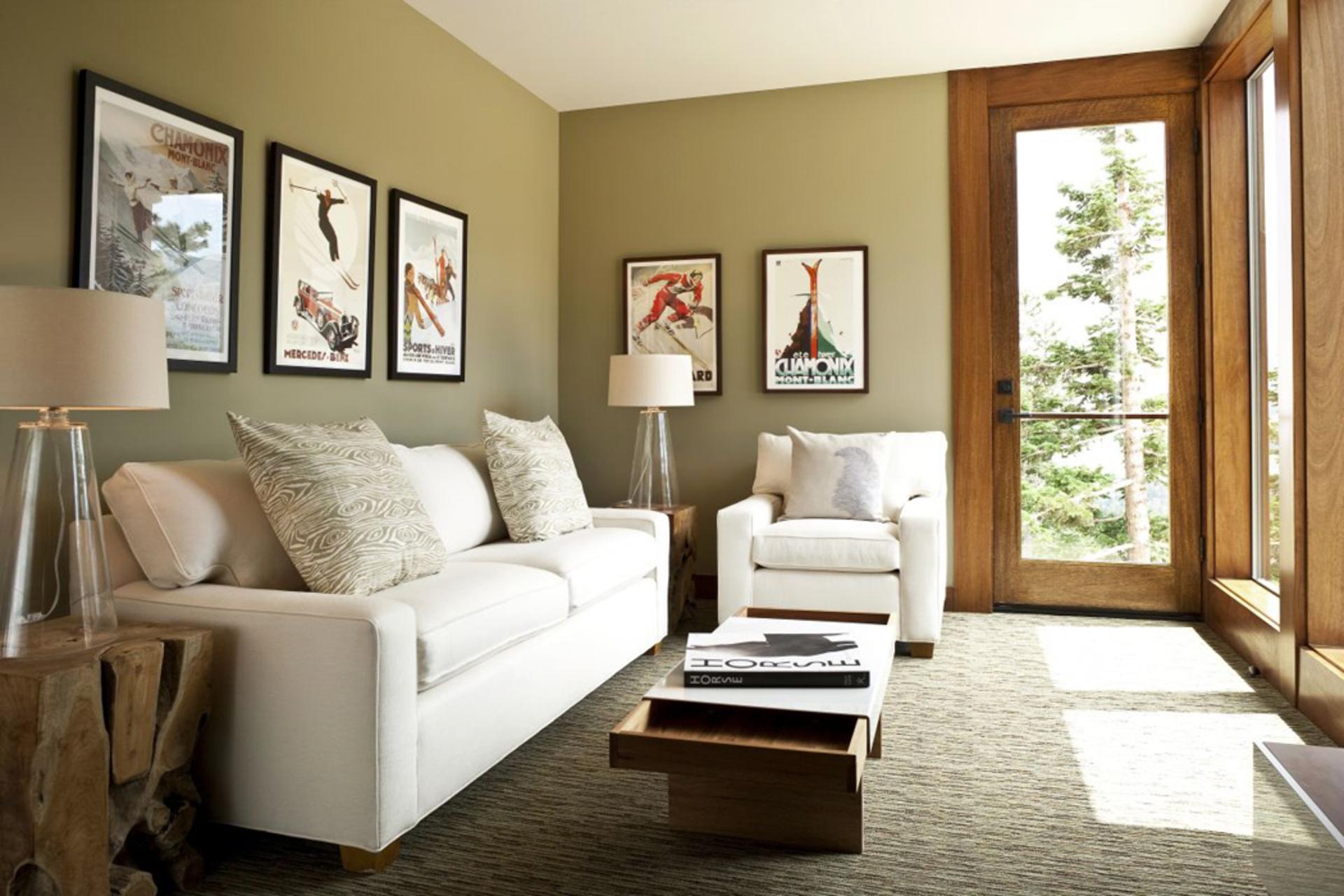
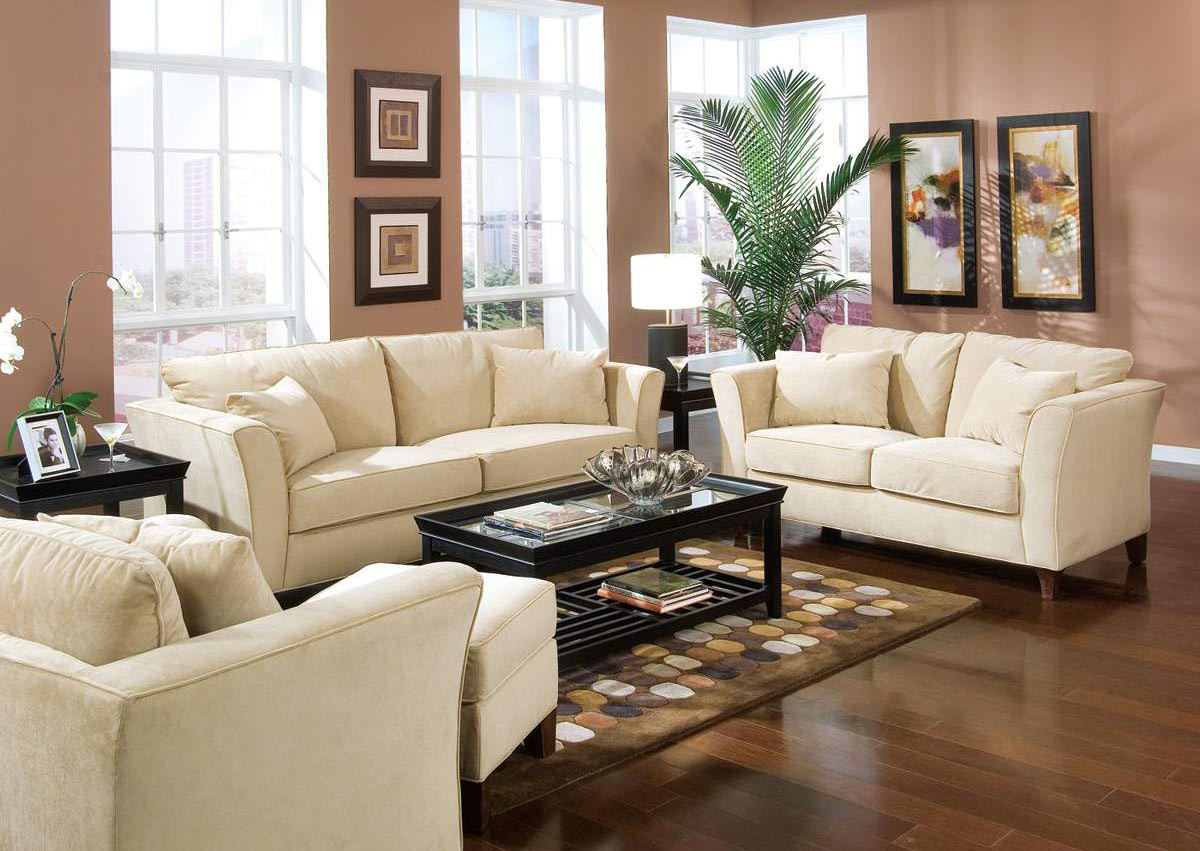
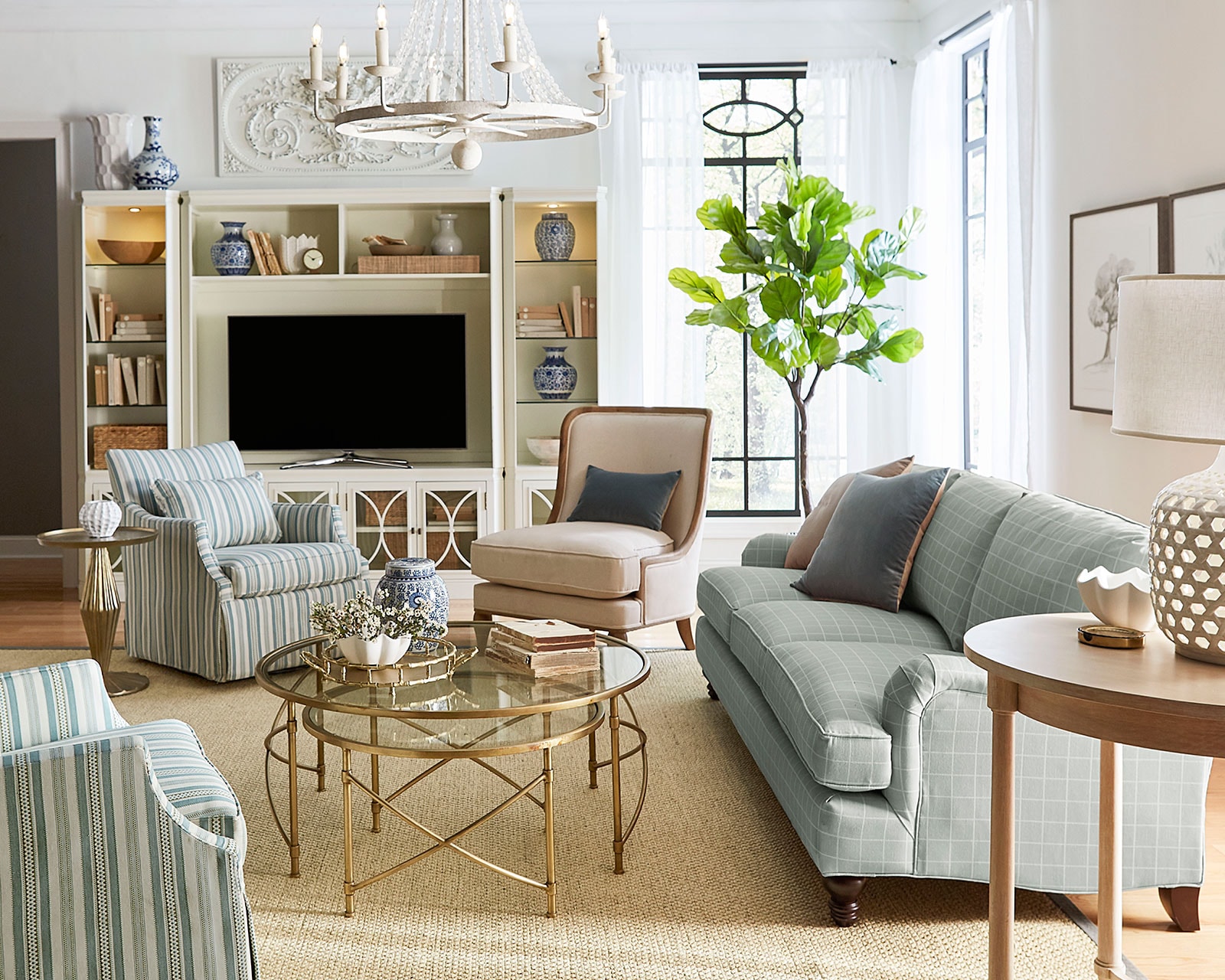

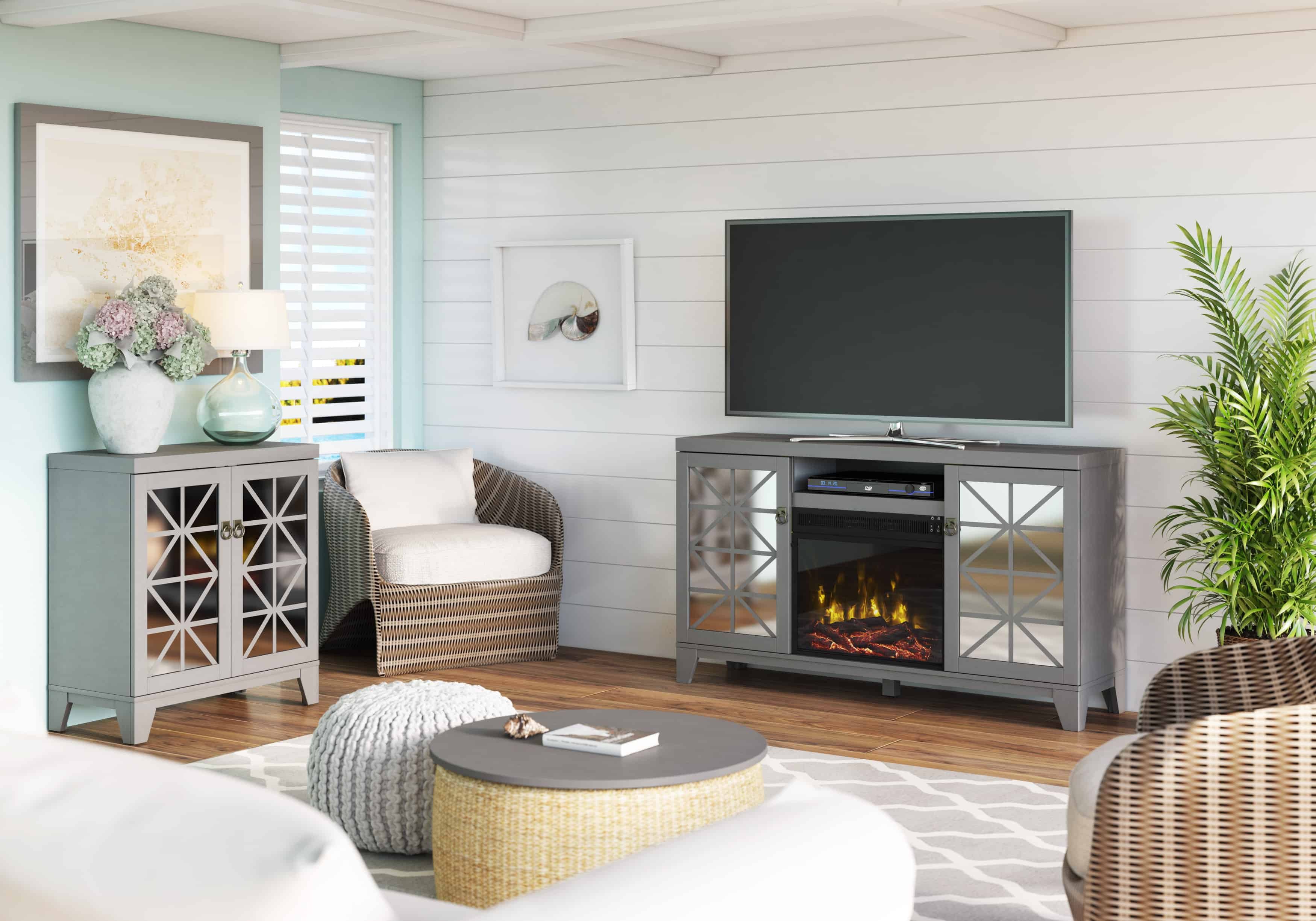



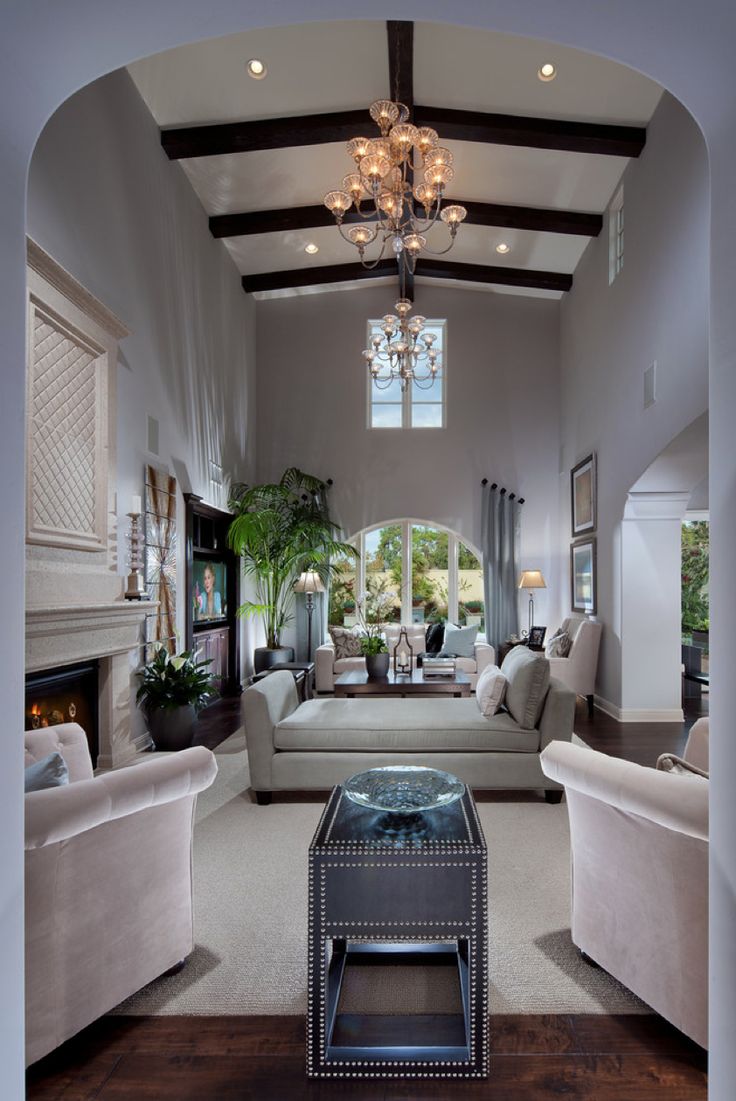


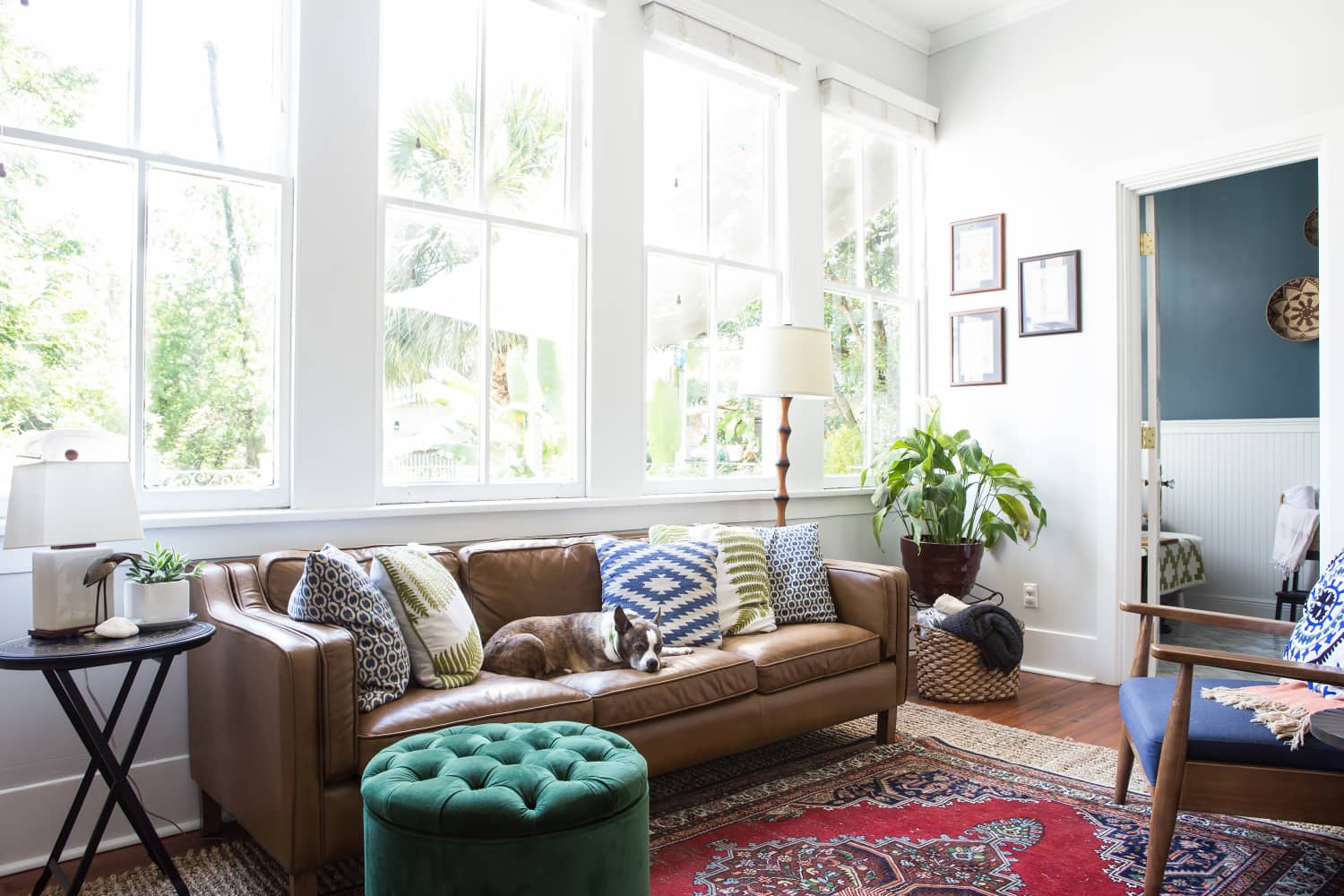
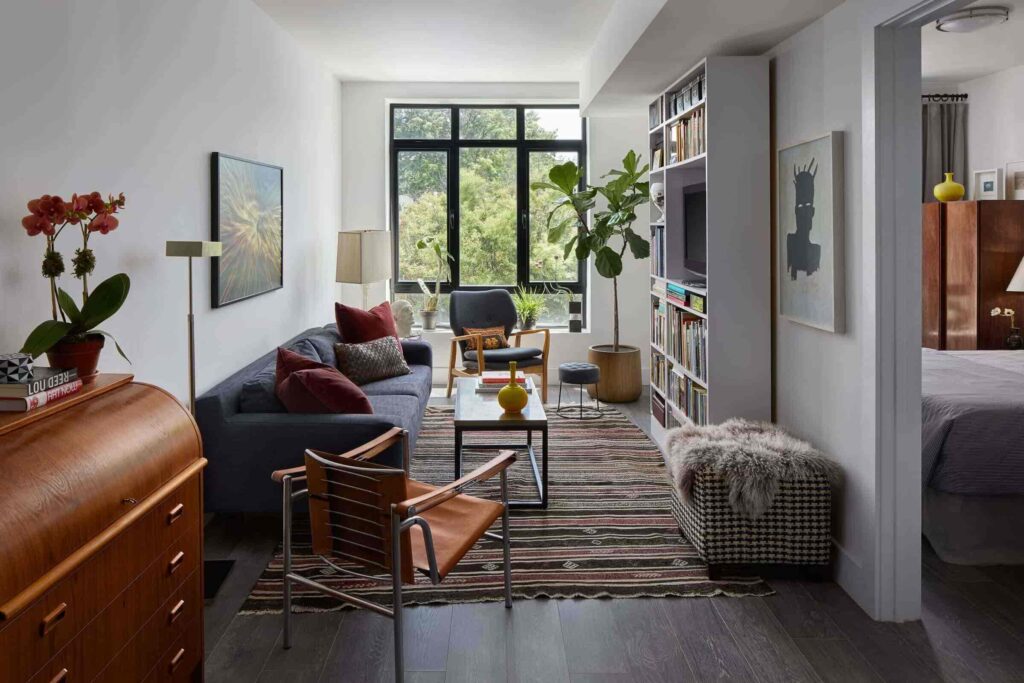


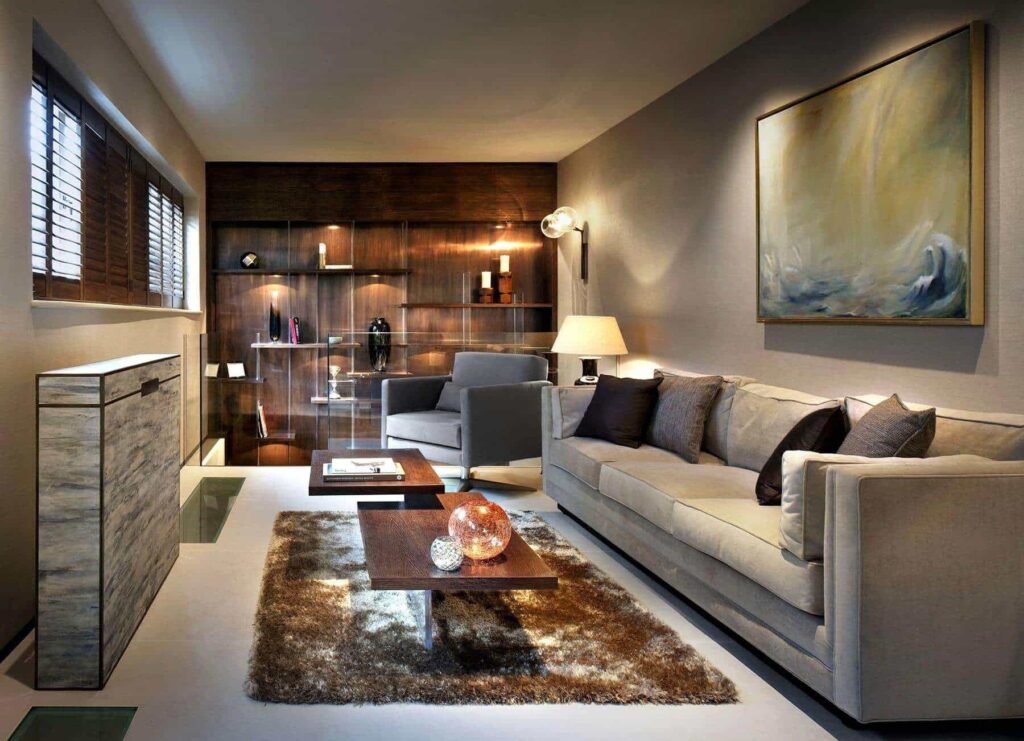

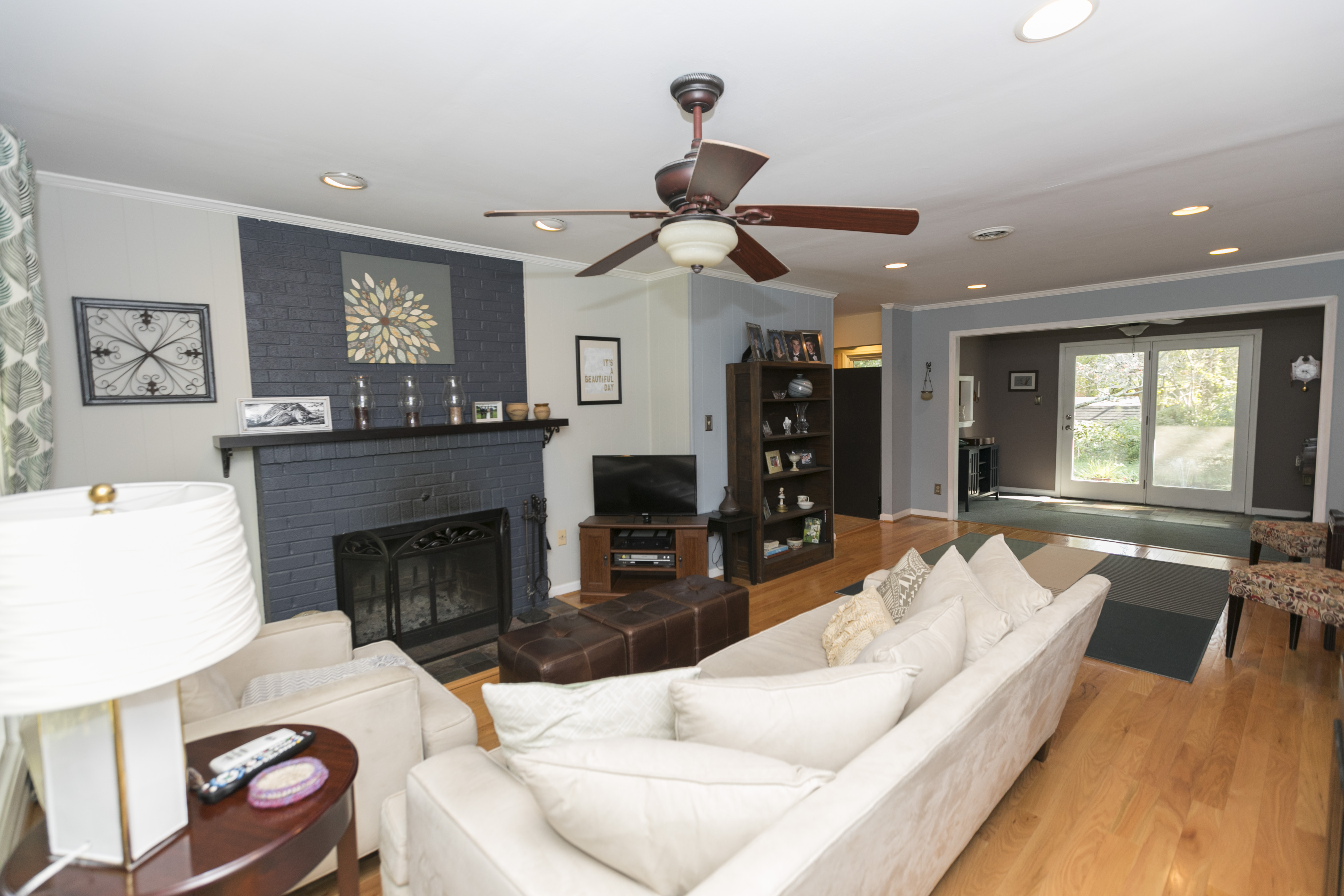





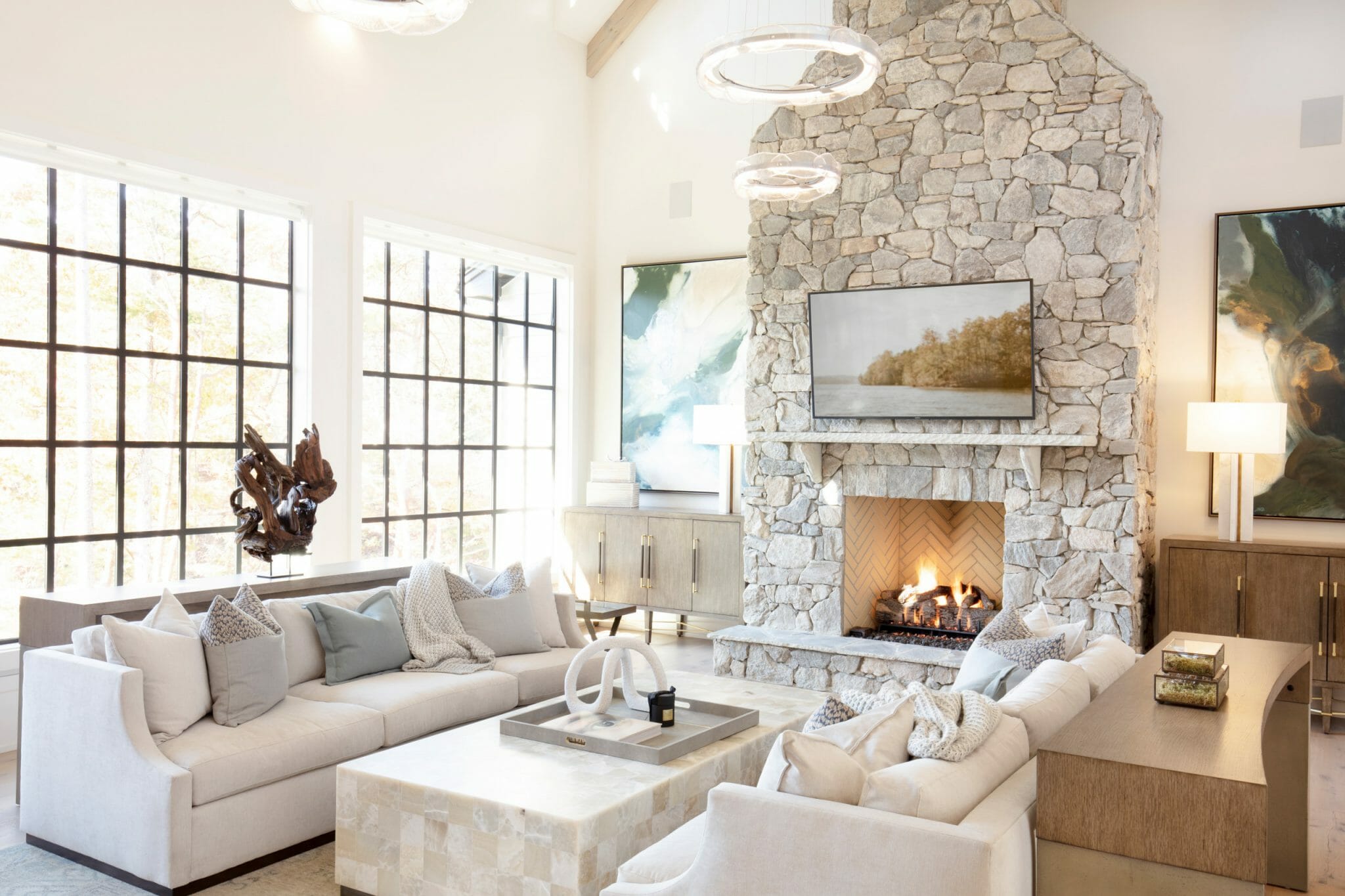

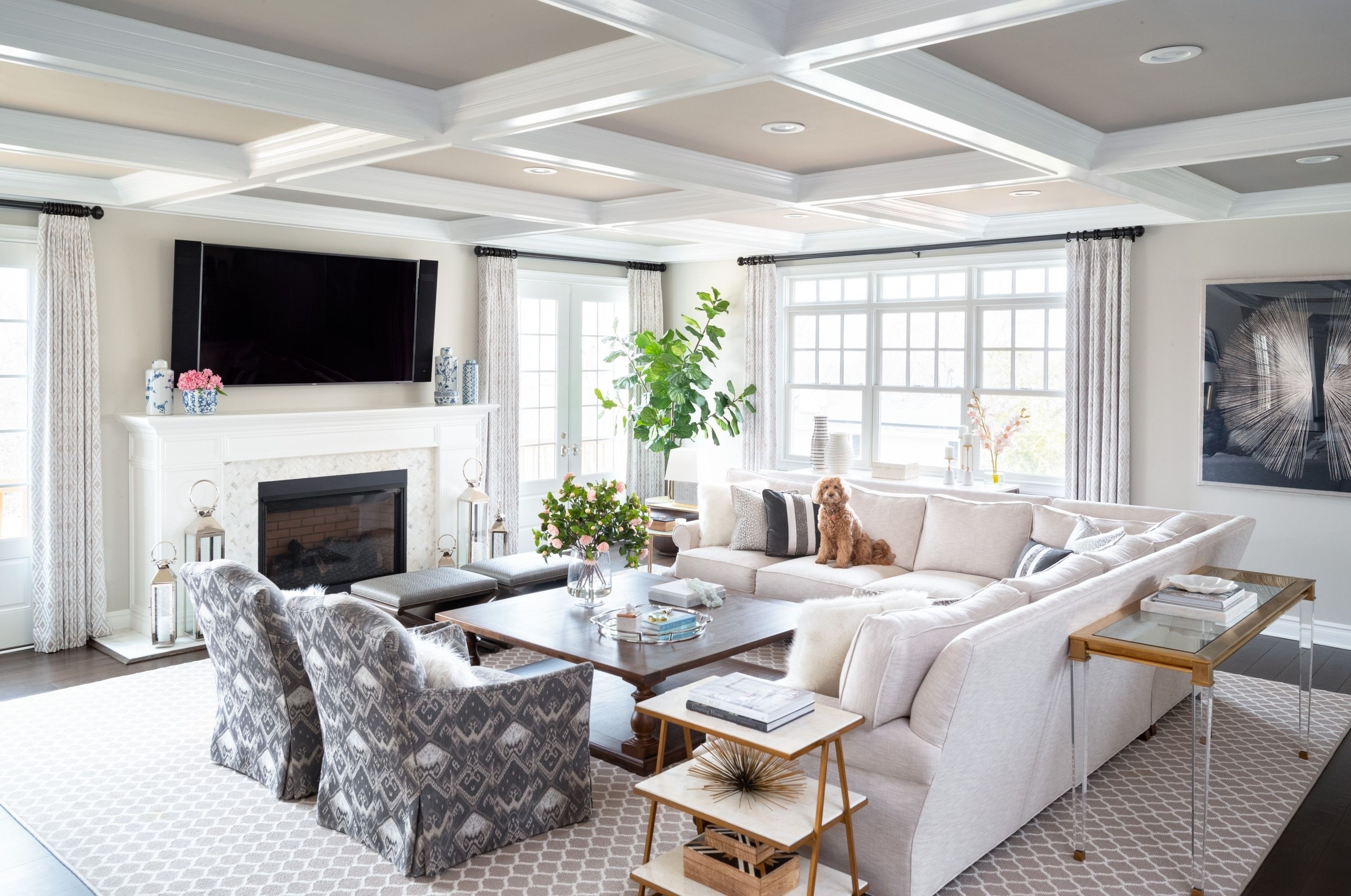

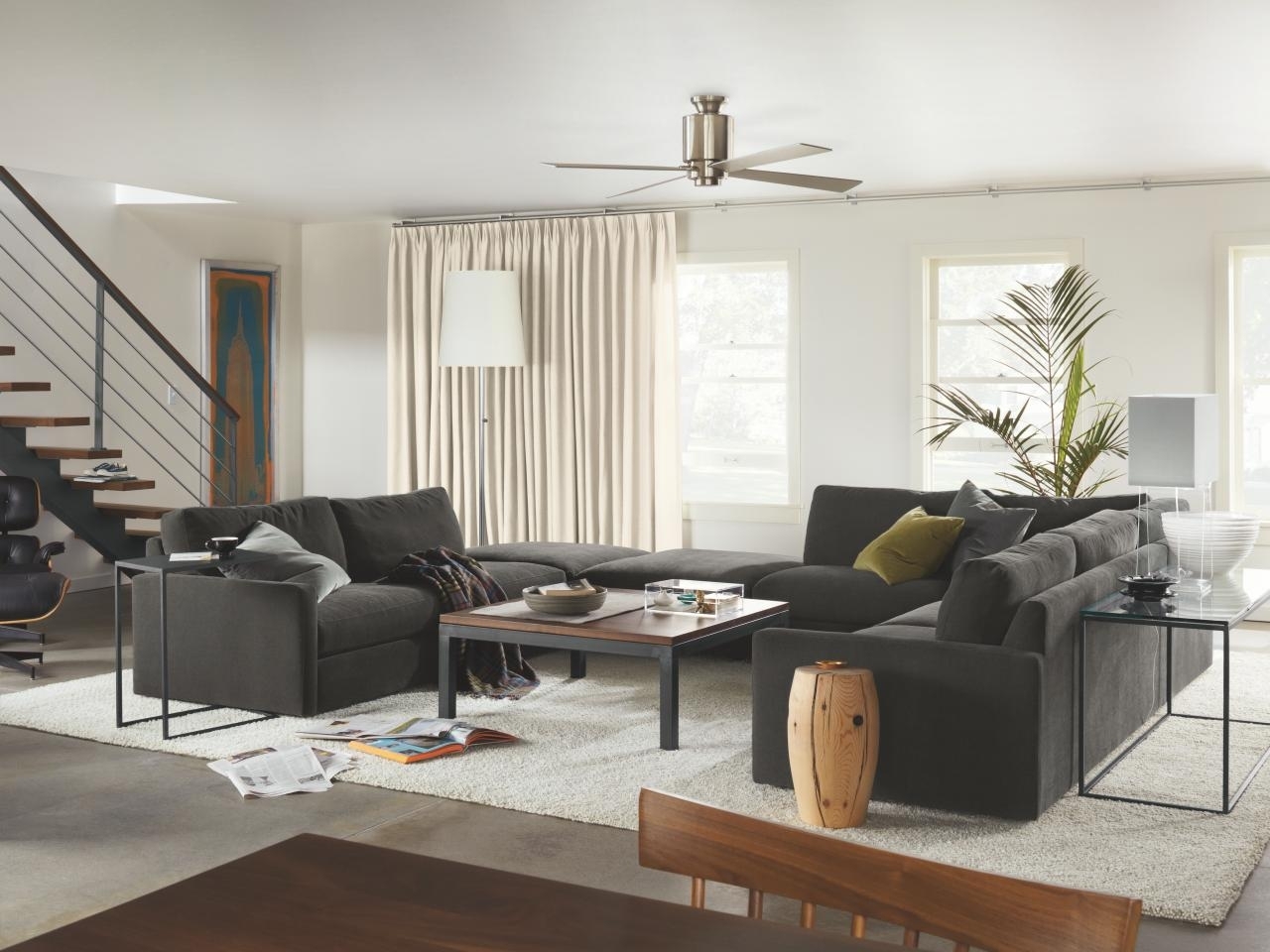





:max_bytes(150000):strip_icc()/rules-for-arranging-furniture-2213418-focal-point-b67d309ed63244caaa4886f65b2a4e71.jpg)
/rules-for-arranging-furniture-2213418-01-0ce5fc6a876342d693cef4e11367d098.jpg)
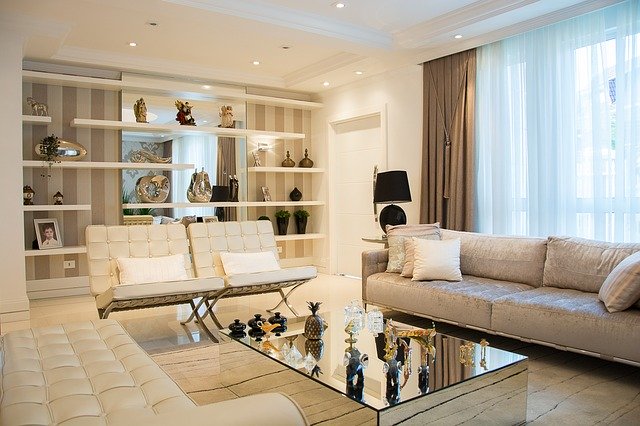


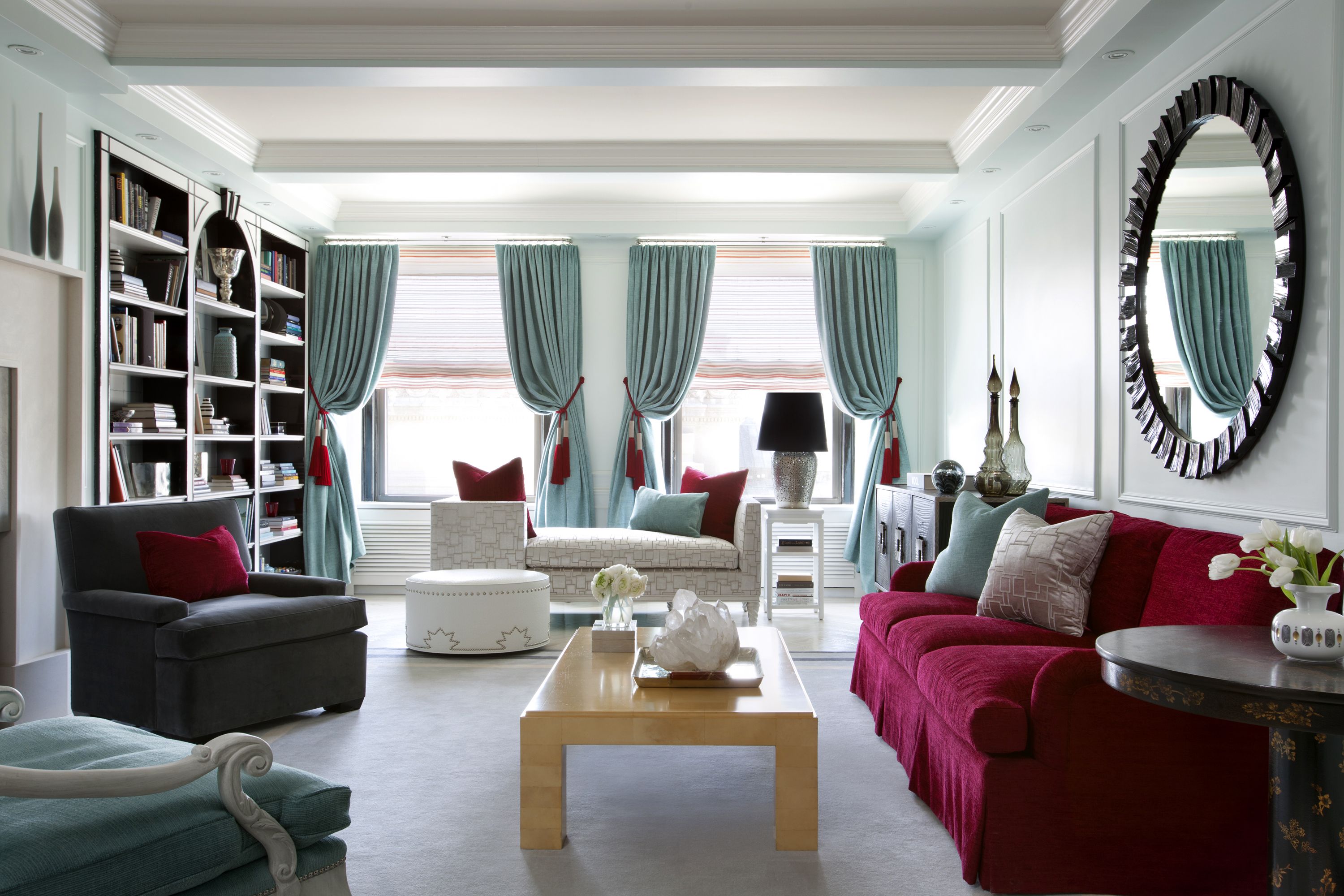
:max_bytes(150000):strip_icc()/rules-for-arranging-furniture-2213418-coffee-table-67dc0a6932a94cb4b0b99c364f41f2f2.jpg)
:max_bytes(150000):strip_icc()/Sleep-Innovations-Gel-Memory-Foam-Mattress-Topper-5-3d76689d533c4b1bababf7f0a1342967.jpg)

